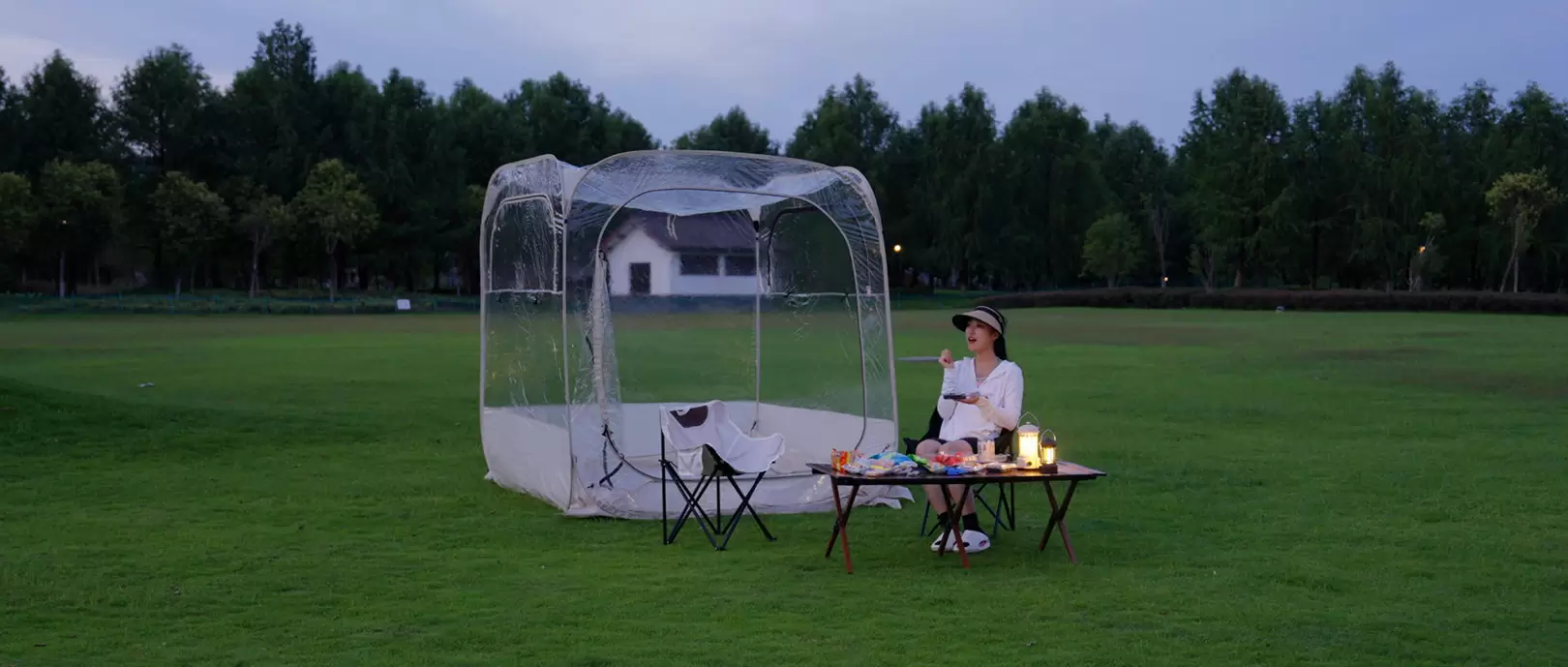In today's modern world, LED lights have become increasingly popular due to their energy efficiency and long lifespan. However, the question of whether it is safe to sleep with LED lights on all night has sparked debates among experts and individuals alike. In this blog post, we will delve into the potential risks associated with sleeping with LED lights on and provide professional insights to help you make an informed decision.
- Understanding LED Lights:
LED lights, or Light Emitting Diodes, are semiconductor devices that emit light when an electric current passes through them. They have gained popularity in various applications, including household lighting, due to their energy efficiency, durability, and versatility. - Impact on Sleep Quality:
Numerous studies have shown that exposure to artificial light, including LED lights, can disrupt our natural sleep-wake cycle, also known as the circadian rhythm. The blue light emitted by LED lights, in particular, suppresses the production of melatonin, a hormone responsible for regulating sleep. Consequently, sleeping with LED lights on can lead to difficulties falling asleep, reduced sleep quality, and even insomnia. - Potential Health Risks:
Apart from sleep disturbances, prolonged exposure to LED lights at night may have other health implications. Research suggests that excessive exposure to blue light can contribute to eye strain, digital eye fatigue, and even increase the risk of developing age-related macular degeneration (AMD). Additionally, disrupted sleep patterns due to LED lights may disrupt hormonal balance, potentially leading to mood disorders, metabolic disorders, and impaired immune function. - Minimizing Risks:
To ensure a good night's sleep and minimize the potential risks associated with LED lights, consider the following recommendations:
a. Dim the Lights: Use dimmers or adjustable LED lights to reduce the intensity of blue light emitted during the evening and night hours.
b. Blue Light Filters: Install blue light filters or use specialized glasses that block or filter out blue light, allowing for a more natural sleep-inducing environment.
c. Bedtime Routine: Establish a consistent bedtime routine that includes winding down activities such as reading a book or practicing relaxation techniques. Avoid electronic devices, including LED screens, at least one hour before sleep.
d. Light-Free Bedroom: Create a sleep-friendly environment by eliminating all sources of light, including LED indicator lights on electronic devices, using blackout curtains, or wearing an eye mask.
Conclusion:
While LED lights offer numerous benefits in terms of energy efficiency and longevity, it is crucial to consider their potential impact on sleep quality and overall health. To ensure a restful night's sleep, it is advisable to minimize exposure to LED lights, especially blue light, during the evening and night hours. By implementing the recommended strategies, you can create a sleep-friendly environment and prioritize your well-being.




